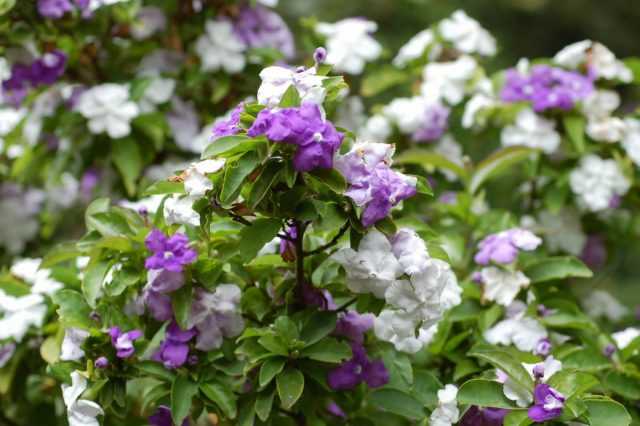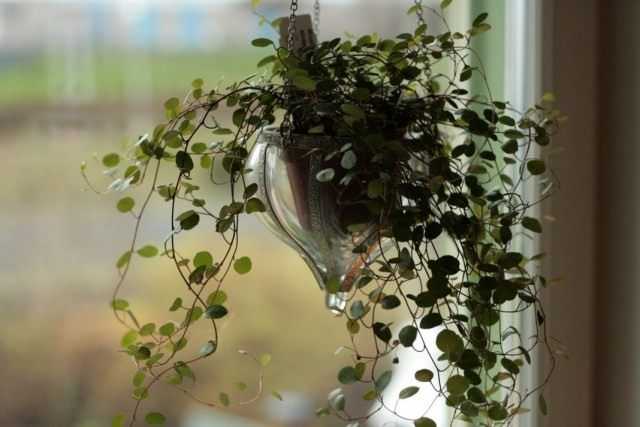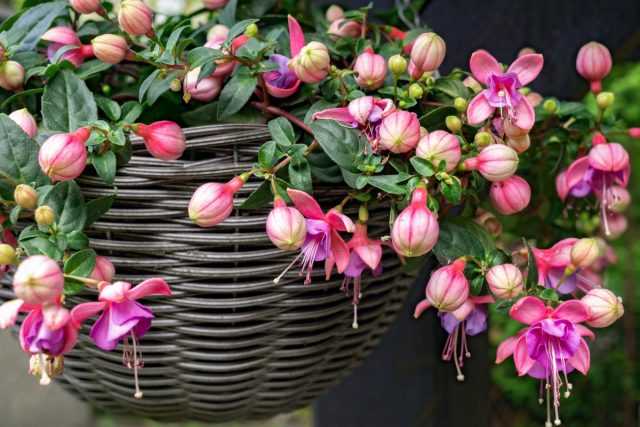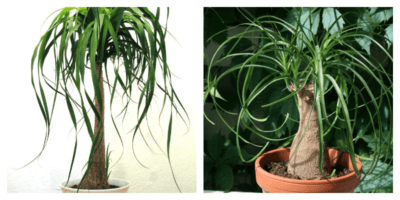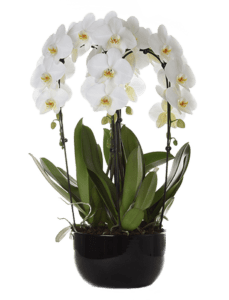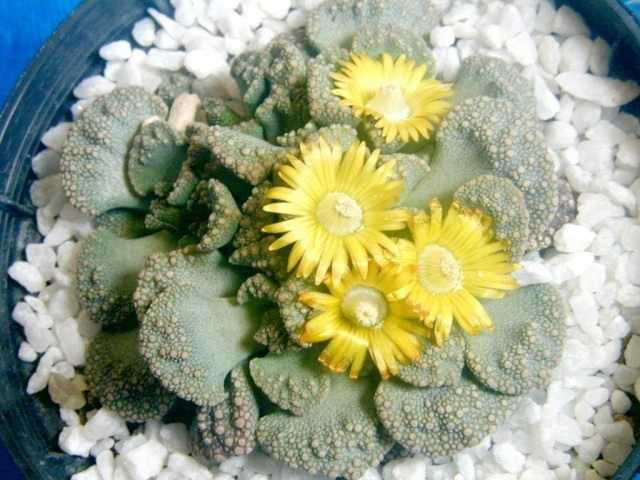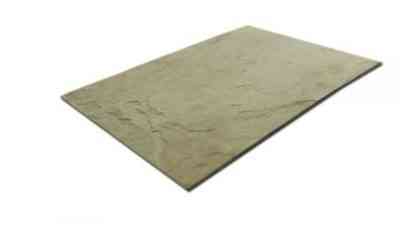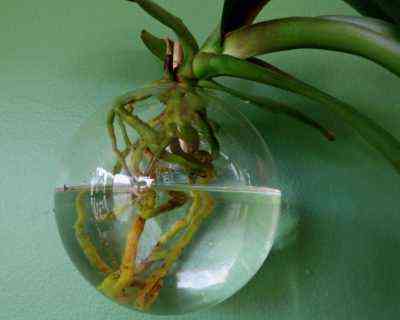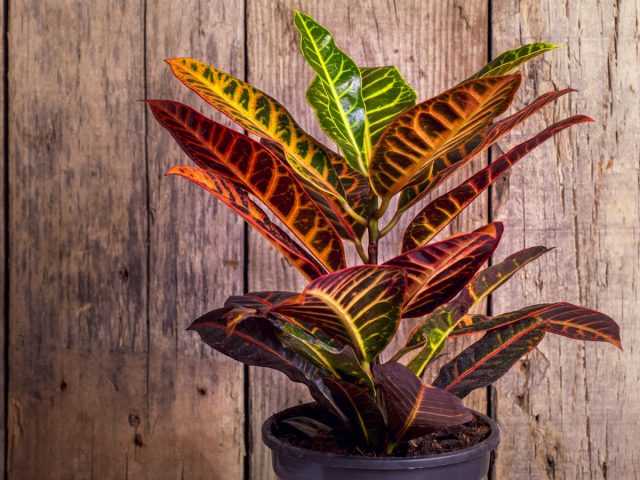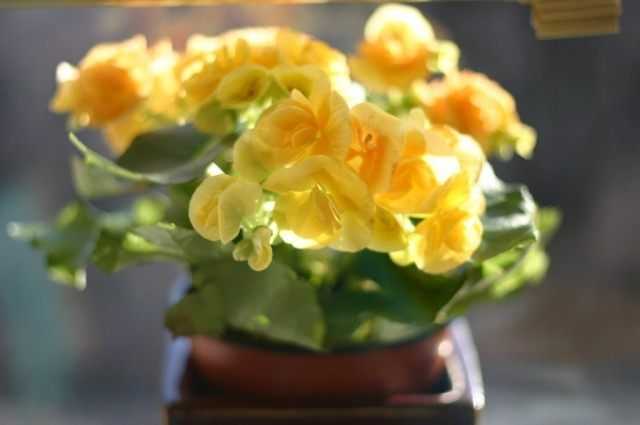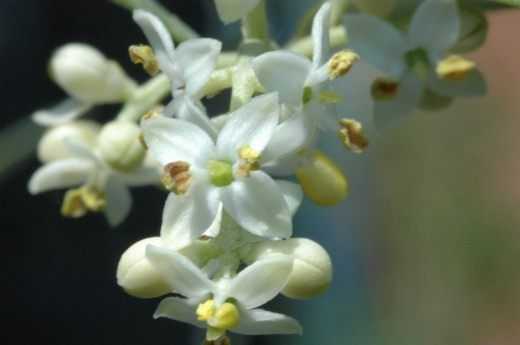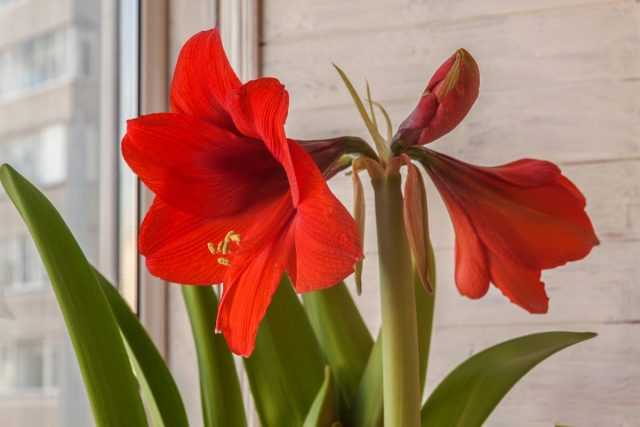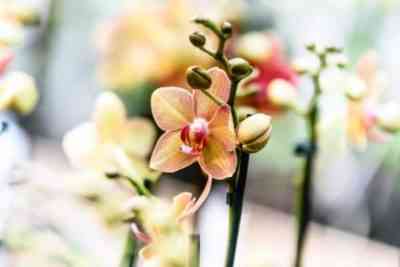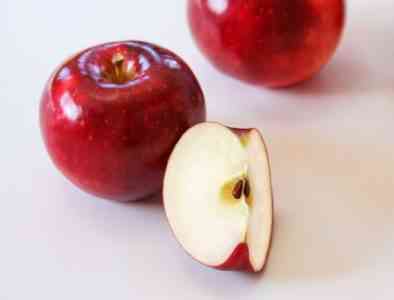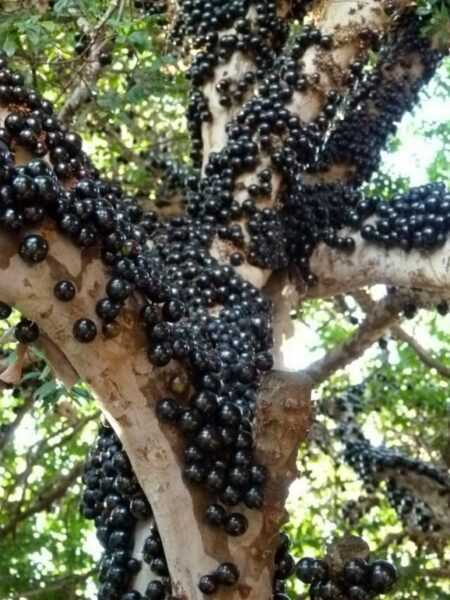Why does white bloom appear on orchids? In total, two common possible causes are distinguished – this is a fungal infection (powdery mildew) or an attack of a pest (mealybug). Why the problem arises and how to solve it with the help of effective bio-preparations, we will tell in the article.
We fight white bloom on an orchid (mealybug)
How is powdery mildew and mealybug manifested?
With powdery mildew, a white bloom usually appears on the underside of the leaf. The plaque is powdery, the texture resembles powder or flour and can be easily removed with your finger. With the progression of the disease, the plaque becomes gray, spreads to the stems and leaves, buds and roots.
With a mealybug, white flakes appear on the leaves. The plaque is white, wadded, sticky, sometimes sticky drops can also be seen on the orchid. When a pest attacks, buds and leaves are deformed. If the parasite reaches the root system, the plant begins to die slowly.
When infected with a parasite, the female insect inflicts indelible harm. She sticks to the leaf of the plant, drinks the juice and at the same time injects a poisonous poison. Mealybug also leaves sticky marks, which are an excellent medium for the spread of the sooty fungus.
A pest nest can be detected by a clot of white airborne coating. Both adults and larvae (small white dots) live in it.
Also, white bloom on the leaf plate is most often the result of improper care, which led to a weakening of the orchid’s immune system. Due to unsuitable conditions of detention, metabolism is disturbed, this leads to a change in the composition of the vegetable juice. As a result, the orchid becomes an excellent target for parasites and the rapid progression of fungal infections.
Reasons and stages of the struggle
We single out a group of main reasons:
- Frequent feeding with nitrogen fertilizers.
- Dryness or excessive humidity in the room.
- Frequent watering – water stagnates in the ground.
- Contaminated soil.
- Fallen withered leaves, withered flowers in a pot. They start to rot and are a “house” for parasites.
When infected with powdery mildew or mealybug, various therapeutic measures are required. But mandatory general actions:
- isolating the infected orchid from other plants;
- removal of all damaged parts (leaves, buds), cover the cuts with crushed activated carbon;
- only after removing the infected leaves can the treatment begin.
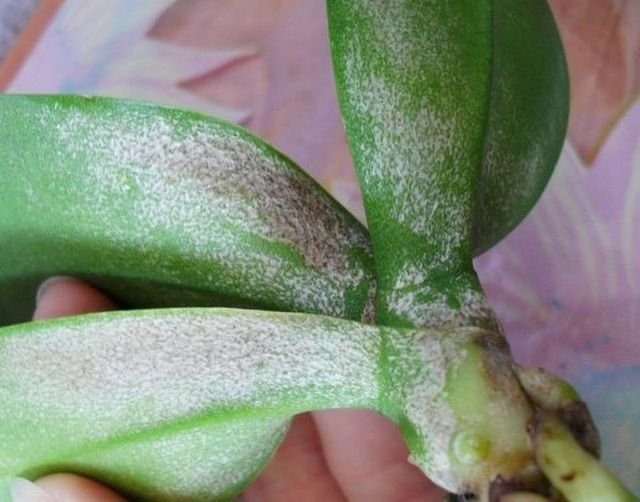
How to treat powdery mildew infection?
It is necessary to remove the top soil layer and pour new soil into the pot. Sprinkle the new soil from above with ash (thickness up to 2 cm). Further, before planting a plant, it is necessary to apply a microbiological preparation “Tamir Biozashchita”, it is intended to protect plants and planting material from fungal and bacterial diseases. Water it on the soil.
What to do if a mealybug appears?
Collect all the insects from the plant by hand, wipe the leaves with Tamir Biobarrier, a microbiological agent designed to combat pests. It can be used to treat plants for prevention and during a massive invasion of insects.
Next, place the orchid in a bag, spray the plant and tie the bag for 2-2,5 hours. After the expiration date, remove the orchid. Repeat the treatment 3-4 times, the time interval between procedures is 10-14 days.


